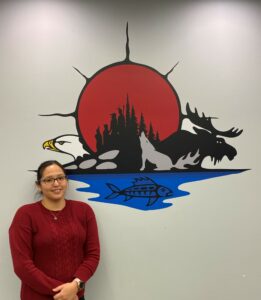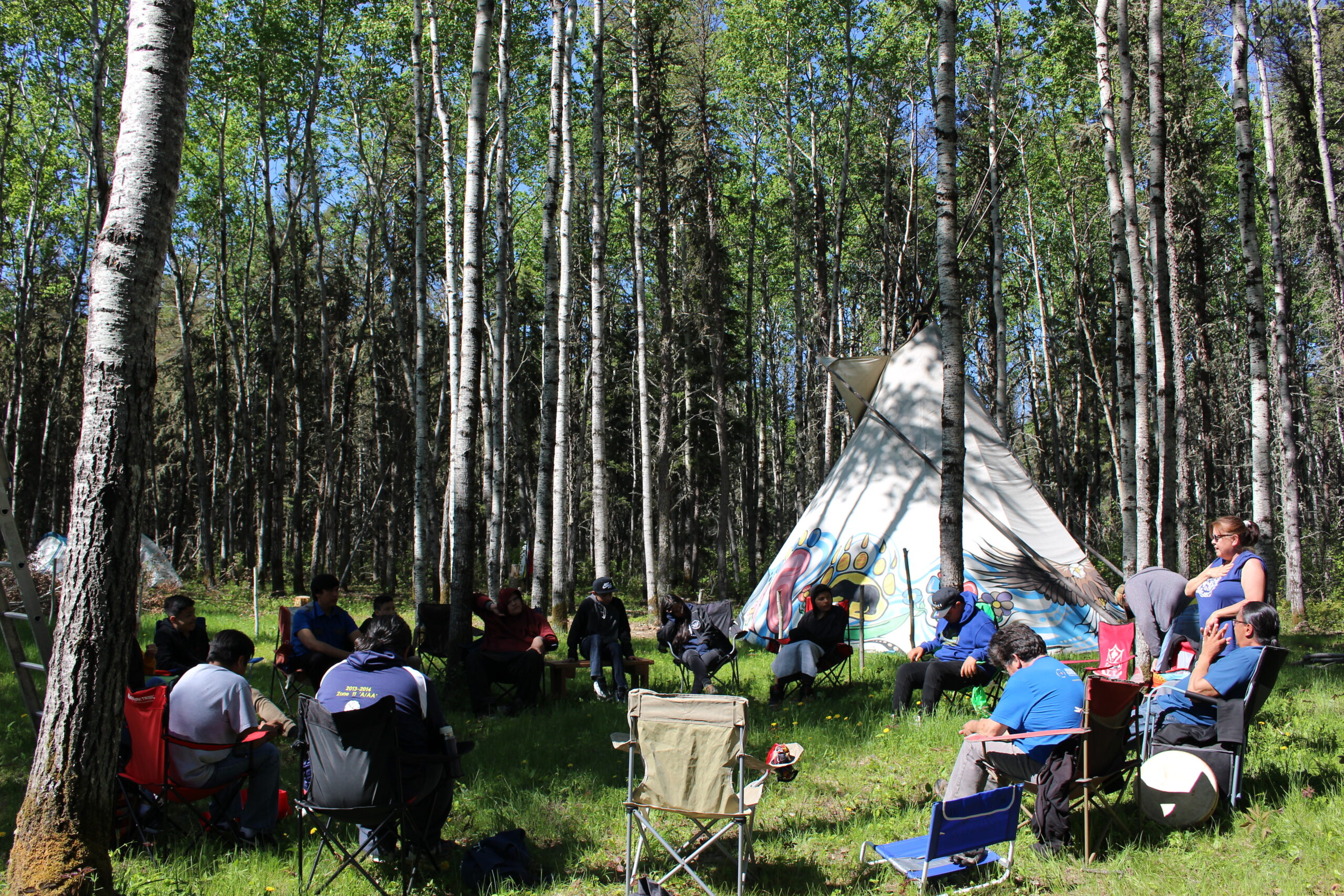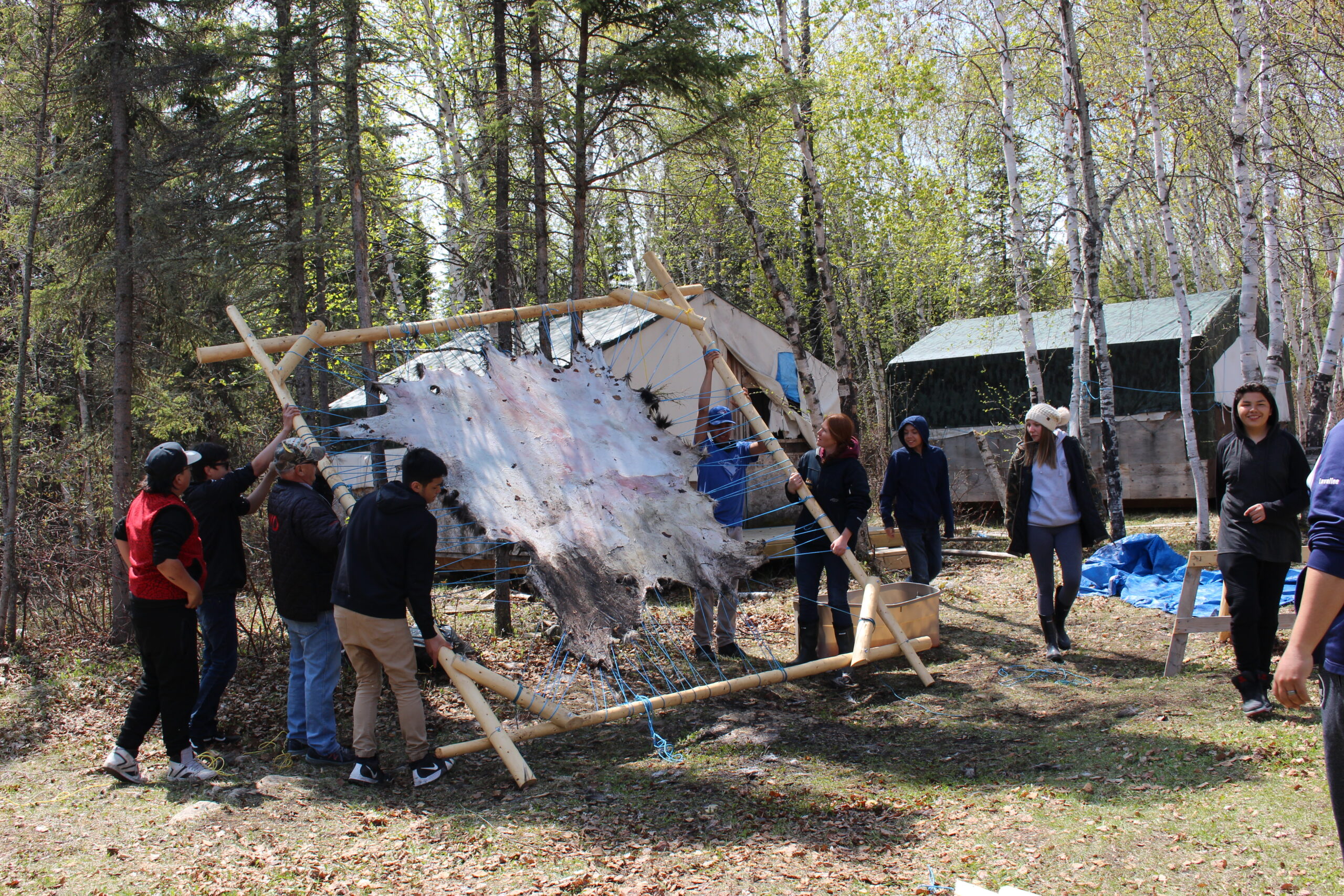Partnerships for Nature: insights from Indigenous-led models in Canada
15 April 2025 / WORDS BY Pollination Foundation
read article
London+44 203 355 1556
Sydney+61 2 8313 7109
Melbourne +61 2 8313 7109
Washington +1 872 201 1168
In this second edition of Nature Finance Focus, we highlight a number of models that are helping to unlock and scale nature investment. Some models are well established, alongside others in which we see significant promise and growth. By showcasing these tangible case studies, we aim to provide ideas and options which can be taken up by the global bank or investor, or by the major corporate.
The report also details the findings of our biennial survey of 500 institutional investors across the UK, USA, Australia, Singapore and Japan.
View reportFour years ago, when Climate Asset Management launched as a joint venture between HSBC and recently formed consultancy Pollination, it laid out ambitious plans to become the biggest investor dedicated to natural capital.
22 March 2022 / WORDS BY DEVON MCLEOD
International Women’s Day may be behind us but we are continuing to celebrate the achievements of women – past, present, and future throughout the rest of March. The environmental sector is widely perceived to have been slower to address gender inequity than other sectors, but in landscapes and organisations where women are meaningfully included, environmental outcomes have been shown to improve.
At Pollination, we wanted to bring to the fore the voices of women in biodiversity conservation, highlighting and supporting women in leadership and community roles who are protecting and restoring our nature.
We talked to Devon McLeod, Lands Manager with the Misipawistik Cree Nation about her work and experiences for the third part of our series.


Devon McLeod | Lands Manager, Misipawistik Cree Nation

What inspired you to work in land management?
It’s not so much of a “what” that inspired me to work in Land Management but rather a “whom”, and that person is Chief Heidi Cook. Before she got elected as Chief, she held the Lands Portfolio as a Councillor for Misipawistik Cree Nation (MCN). As a councillor, Chief Cook initiated the process for MCN to sign on to the First Nations Land Management Act and I was offered the position as Lands Coordinator. From there, we worked to ratify the Land Code and seeing her passion for not only our Land and territory, but for future generations is inspiring. She taught me how to reconnect to the Land, a connection that I didn’t realize was lost until then. Under her guidance and with her belief in me, I was promoted to Lands Manager.
Can you tell us about any innovations in looking after the lands and waters that Misipawistik nation are leading, particularly in the face of climate change?
We have an established Guardians program; our guardians are a combination of adults and youth. We started off by monitoring our moose population in the fall/winter seasons and in the summer, we partnered with the Province of Manitoba to conduct Creel Surveys on the Saskatchewan River. This year we are beginning the consultation process on the 20-year Forest Management Plan that is happening within our territory. Becky Cook, who runs our pimatisimeskanaw program, was successful in receiving the “Indigenous Community Based Climate Monitoring” grant. When the snow melts, she and our guardians, will begin water monitoring in the creeks and rivers in and around our territory.
The First Nations Land Management Framework Agreement in 1996 was a significant turning point for First Nations in Canada. Has this agreement had an impact for Misipawistik Cree Nation over the last 26 years and if so how?
The framework agreement has had a huge impact on MCN with our First Nation signing on in 2014. Under the Indian Act – there is no funding for Land Management. My predecessor used to have to write funding proposals to secure work in the Lands Department on an individual project basis which was time consuming and inefficient.
Since MCN signed onto the First Nation Land Management Act Framework Agreement and ratified our Land Code in 2017, we receive funds for Land Management which gives us more control and freedom to decide what we focus on in the Lands Department. We are working on a Land Use Plan for our reserve and we are also in the process of developing an Environmental Management Plan.
In the last few years, the conservation sector has become a lot more vocal about championing Indigenous peoples and local community leadership. Have you noticed any changes for Misipawistik Cree Nation as the focus moves towards models of Indigenous led conservation?
I’ve noticed as the focus moves towards models of Indigenous led conservation that we, as indigenous people, are being heard and listened to for the first time. No one knows our land and territory better than our land users. They know where all the berries are or where our moose go to calve. It’s a step in the right direction when it comes to Indigenous led conservation.

As a woman working in conservation, have you encountered any challenges related to your gender? And why is gender equality so important to the work?
I’ve been lucky. I haven’t encountered any challenges related to my gender and I think that is in large part to my mentor Heidi as she really paved the way for me in this field. When it comes to field work, or any type of work, for our guardians there are no gender lines. Our male guardians have such respect for our women.
Gender equality is so important to the work, because we [as women] can do anything that we set our minds to. We are strong.
What does inclusion really look like when it comes to leadership and the engagement of women and youth in First Nations land management?
This question is hard for me to answer. There has always been a woman at the table, so to speak, or taking the lead when it comes to land management ever since I’ve been in the Lands Department. So, I don’t know what it is like when there is not a woman in the leadership and engagement role. I hope that my experience becomes the norm rather than the exception.
What gives you hope about the future?
My children give me hope. I do this work because I want the land to be preserved and for them to be able to explore our territory with their children in the same way my husband and I do with them.
15 April 2025 / WORDS BY Pollination Foundation
read article
Receive latest news and global perspectives from Pollination.
By clicking submit, you agree to our Terms & Conditions.